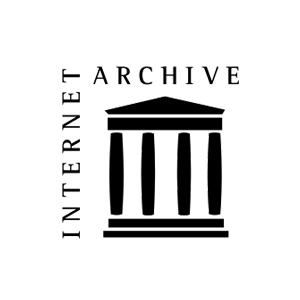Opinion Letter
Book Review 'Young Doctor Study Guide: Cardiology and Vascular Medicine’
- Uqbah Iqbal
Corresponding author: Uqbah Iqbal
Volume: 1
Issue: 1
Article Information
Article Type : Opinion Letter
Citation : Uqbah Iqbal. Book Review 'Young Doctor Study Guide: Cardiology and Vascular Medicine’. Journal of Medicine Care and Health Review 1(1). https://doi.org/10.61615/JMCHR/2024/APRIL027140430
Copyright: © 2024 Uqbah Iqbal. This is an open-access article distributed under the terms of the Creative Commons Attribution License, which permits unrestricted use, distribution, and reproduction in any medium, provided the original author and source are credited.
DOI: https://doi.org/10.61615/JMCHR/2024/APRIL027140430
Publication History
Received Date
17 Apr ,2024
Accepted Date
24 Apr ,2024
Published Date
30 Apr ,2024
►Book Review 'Young Doctor Study Guide: Cardiology and Vascular Medicine’
Uqbah Iqbal1*
1Managing Director, Pitas Agriculture, Kampung Mempakad Darat, 89100 Pitas, Sabah, Malaysia.
Introduction
This book was created with the aim of serving as a guide for students of professional level medical education (Junior Doctor) to be more focused in participating in the teaching and learning process in the Cardiology Department and Vascular Medicine as well as while serving in other departments. This book refers to the Indonesian Doctor Competency Standards 2012, which contains a list of clinical cases and clinical skills that must be mastered by a young doctor. The approach in this book uses an approach to clinical symptoms (symptom approaching) from complaints about diseases in the fields of Cardiology and Vascular Medicine frequently encountered. Based on the symptoms obtained, young doctors are invited to think systematically and comprehensively by carrying out an anamnesis process, physical examination, supporting examination, and clinical formulation of problems or diagnoses to determine therapeutic management in these cases. This book is composed of six chapters based on cases that can be handled by a general practitioner. Each chapter contains learning objectives, questions regarding the readiness of young doctors, a list of skills/clinical procedures, and case algorithms that must be mastered.
There are several things you need to pay attention to when using this guidebook. First, read the list of clinical case competencies and clinical skills that you must master while you study and work in the Cardiology and Vascular Medicine Department. You can also find a list of these competencies in the daily workbook (young doctor's log book). Second, in each chapter, read the learning objectives that must be achieved when studying that chapter. Next, try to answer questions that are available by using your prior knowledge. If you experience difficulties answering it, you can use a recommended reference book listed at the end of this book. After you are able to answer all these questions, start reading the used case algorithm. You can use references to clarify the algorithm. Also, read some of the additional information provided on the case algorithm. Third, read the list of skills required to handle the case in question. Some important procedures that you have not received in the Skill Lab are explained in this book. If there are questions related to the material in this study guide, and you have difficulty getting answers even though you have read the existing references, ask and discuss them during clinical education. In carrying out medical practice, a doctor must be able to work based on complaints or patient problems, perform examinations, analyze data clinically so that the correct diagnosis can be made carry out appropriate management. For that, it is necessary to continuously learn and train.
Miller (1990) explains that there are four levels of competencies type that must be achieved by medical students and health professionals in education. So that the learning is directed, minimum standards are created that a doctor must have by publishing the Indonesian Doctor Competency Standards. Expected to graduate Doctors can have minimum skills as specified. Achieving competency according to the Standards Competency for Indonesian Doctors requires learning strategies and implementing targets. Competency level targets are shared with 4, namely Competency Level 1 (Knows), Competency Level 2 (Knows How), Competency Level 3 (Shows), and Competency Level 4 (Does). At the end of the stage, the competencies that a Junior Doctor in the Department of Cardiology and Vascular Medicine must have based on Indonesian Doctor Competency Standards 2012 was the first to understand the history and development of cardiology and vascular medicine, anatomy, physiology, and cardiovascular systems pathology. Second, I need to be able to handle cardiology and vascular medical cases, suggest supporting examinations, and refer patients to specialists in cardiology and vascular medicine. Third is being able to behave and act in accordance with built ethics and an independent attitude.
The conclusion of this book is students are expected to be able to explain the definition and types of shock according to their causes, be able to explain the definition of coronary heart disease, be able to mention risk factors for coronary heart disease, able to explain the definition of heart failure including acute and chronic heart failure, able to state the classification of acute heart failure, able to recognize the symptoms and signs of cardiac arrest, able to explain the causes of cardiac arrest, able to understand the cardiac arrest treatment algorithm, able to perform cardiopulmonary resuscitation correctly, able to carry out anamnesis and physical examination related to arrhythmias, able to explain the definition of cor pulmonale, able to explain the definition and classification of hypertension, able to perform anamnesis and physical examination on hypertensive sufferers, able to mention other risk factors besides hypertension which increases the risk of cardiovascular events.
Download Provisional PDF Here
PDF

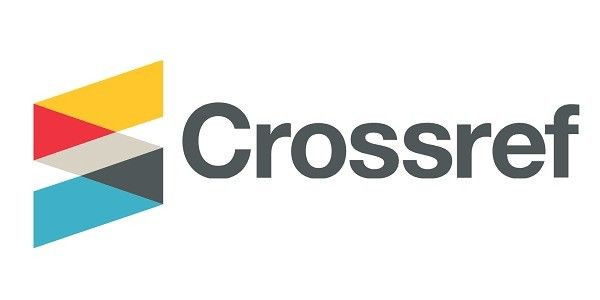
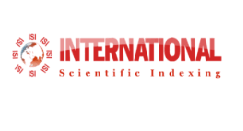
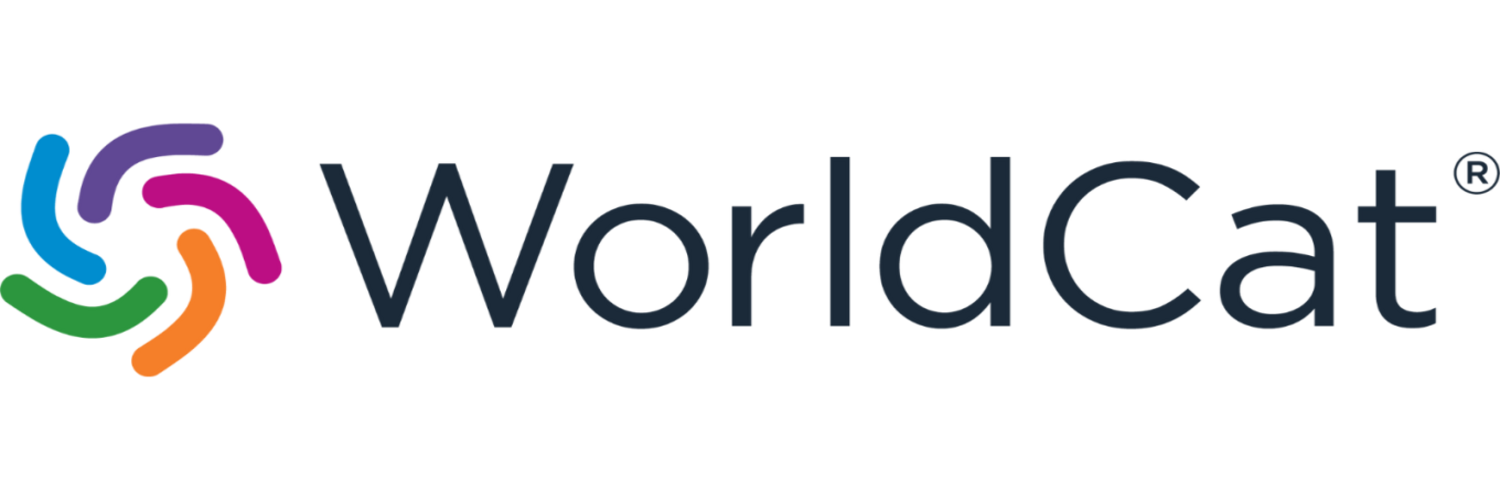
p (1).png)

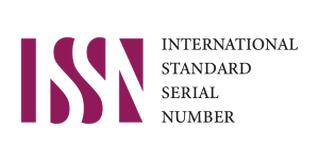
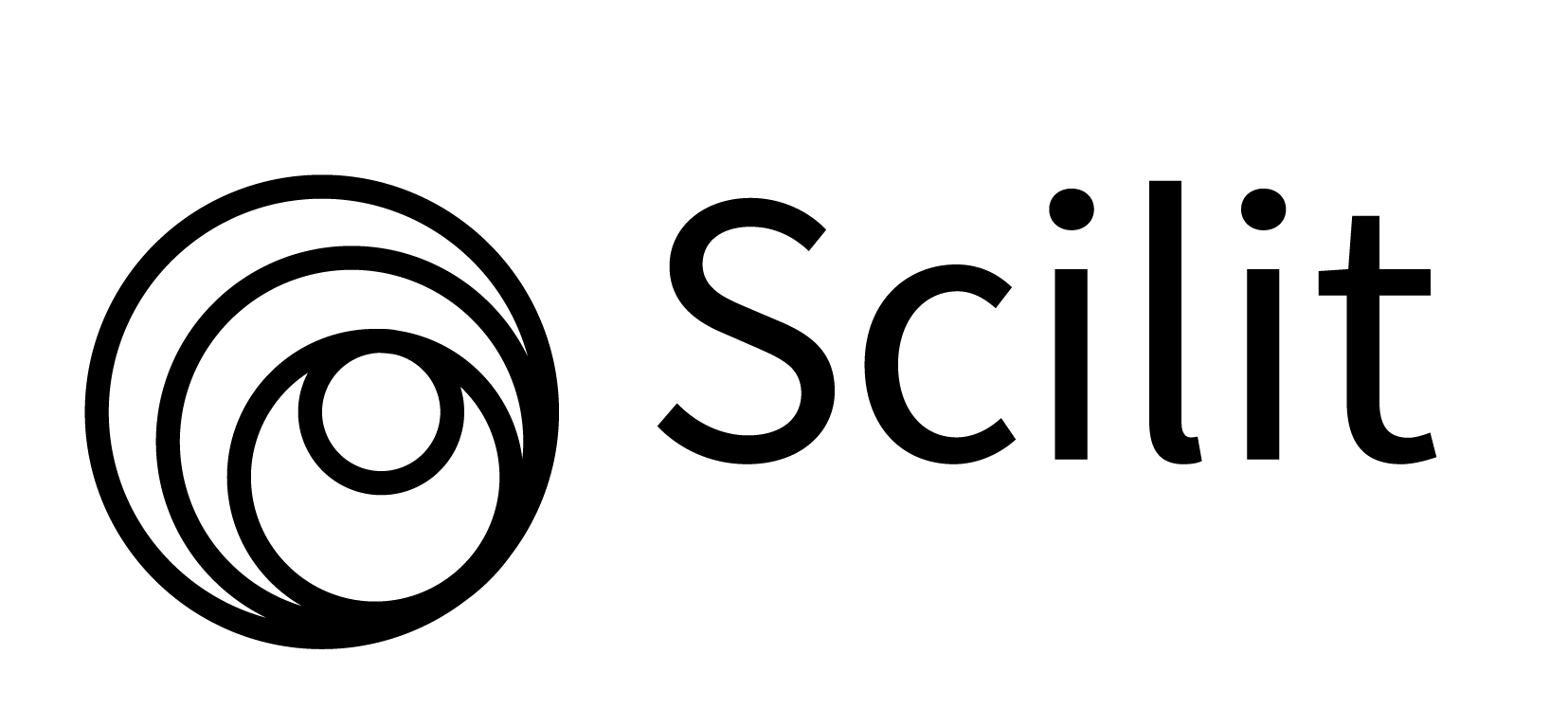
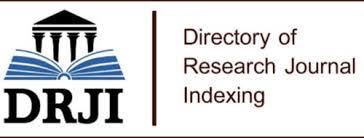
.png)




.png)
